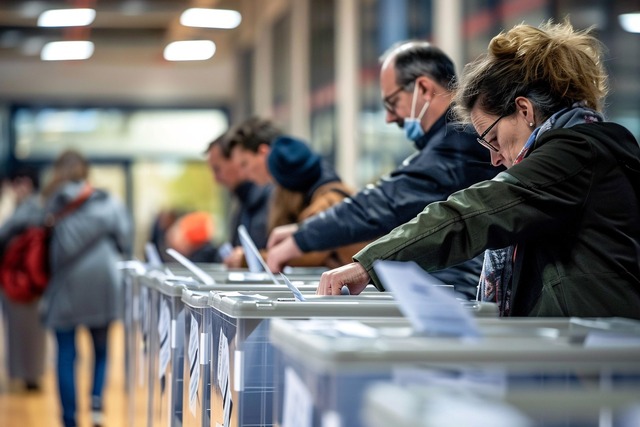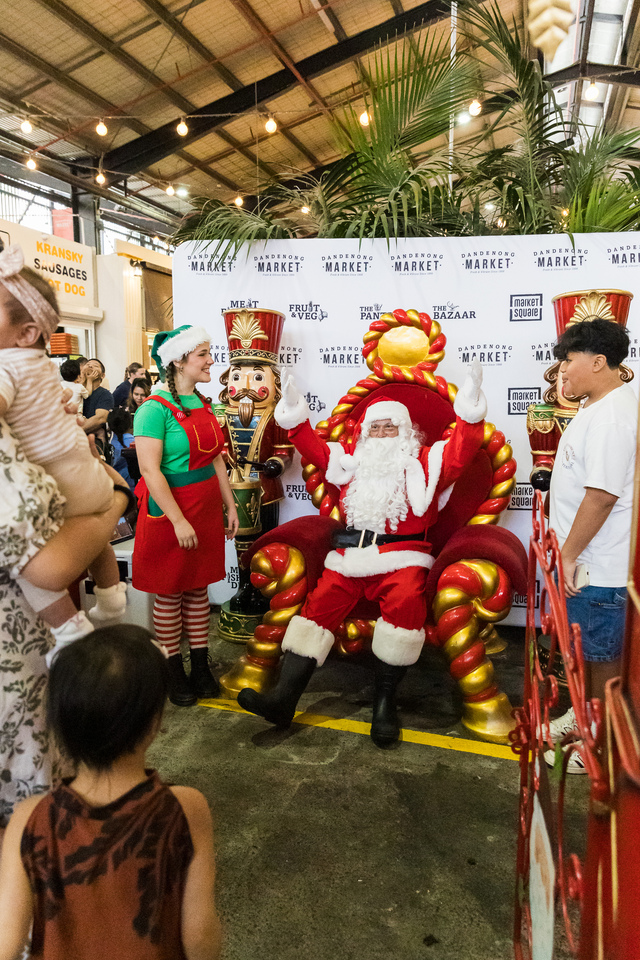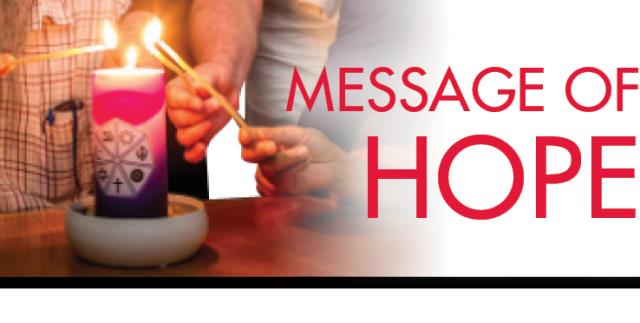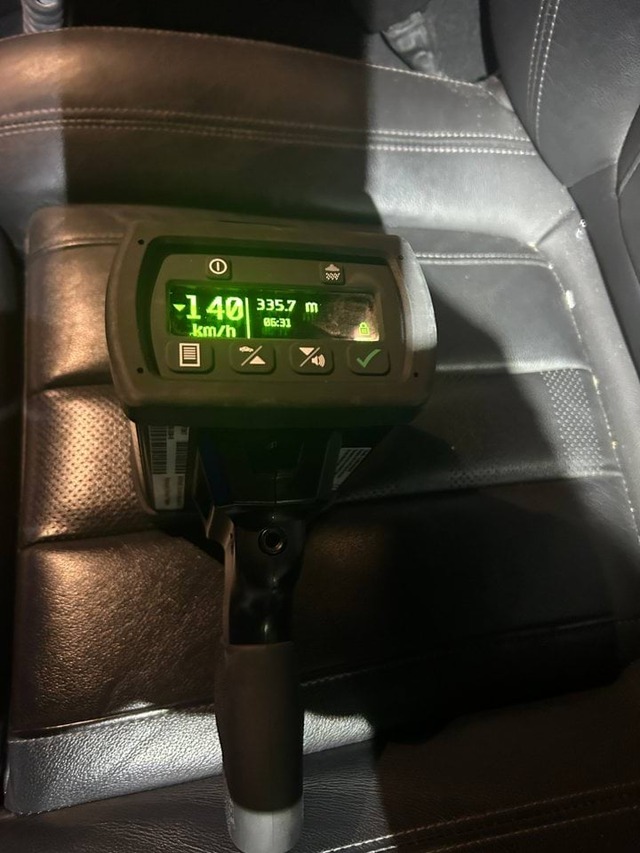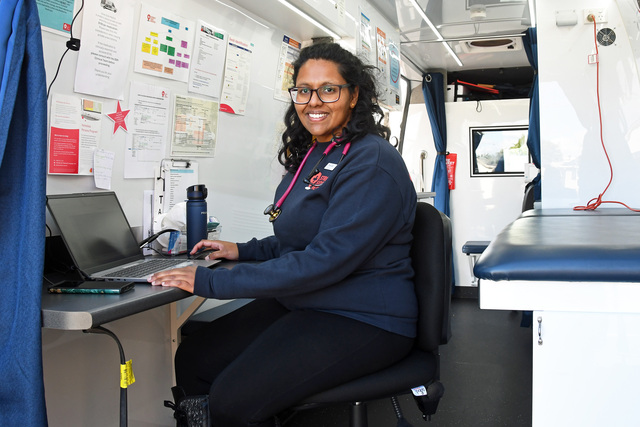With the election just days away, candidates and MPs are out in droves in their electorates, as their party’s how-to-vote cards tell a preferential story.
HTV cards have been a long-known strategy used by parties to influence the people’s voting order to tip in their favour, with preference deals and minor parties using them as a strategic foothold.
According to the Australian Election Study (AES) findings, the 1996 Federal Election saw 56 per cent of voters following the HTV cards, while in the 2022 election, this declined to 31 per cent.
Both major parties have some drastic differences in preferences, which are detailed below.
The Labor Party’s cards in Bruce have the Greens with Rhonda Garad second, Legalise Cannabis third, and the Libertarians fourth.
Liberals are in the fifth spot, Trumpet of Patriots, Family First and One Nation following respectively.
As for the Liberal Party, Family First’s Wendy Birchall takes second preference and the Libertarians’ Christine Skrobo at third.
Legalise Cannabis is fourth, One Nation at fifth, Labor’s Julian Hill at sixth, Trumpet of Patriots at seventh, and the Greens at eighth.
Minor parties have Labor positioned either at second – Legalise Cannabis and Greens – or farther below at sixth, seventh and eighth – in order of Liberals, One Nation and Libertarians, and Trumpet of Patriots.
These same minor parties have the Liberals at fifth, except for the Greens, which have the party at eighth, and the Trumpet of Patriots, which has them at seventh.
According to the ABC’s coverage of the 2022 Bruce electorate preferential flow, the Greens, which saw 9.7 per cent of primary votes, had 80.9 per cent of their votes go to Labor, while only 19.1 went to the Liberals.
On the other hand, the parties of United Australia, Liberal Democrats and One Nation, respectively, had 60 per cent, 62.5 per cent, and 60.9 per cent of their votes go to the Liberals.
This is in comparison to – again, respectively – 40 per cent, 37.5 per cent and 39.1 per cent to Labor.
In total, Labor edged the Liberals out with a 53.5 per cent favour, as compared to the Liberals’ 46.5 per cent.
Covered by The Guardian, the seat of Macnamara, which extends as far west as Port Melbourne, north to Docklands and Southbank, and southeast to Caulfield East, is said to be one of the more integral seats for the upcoming election.
In 2022, Labor, Liberal and Greens candidates polled almost the same first-preference votes, which led to another round of counting that saw the Greens come third, which led to Labor winning the seat with a 12.2 per cent margin.
Labor’s Julian Hill has been the electorate’s MP since 2016, and with the area a stronghold since 1996, he remains confident in retaining his seat.
As it stands, Labor holds the seat with a 5.3 per cent margin, with Zahid Safi and the Liberals, despite the candidates’ allegation about his small businesses, looking to topple the area back into their hands.

